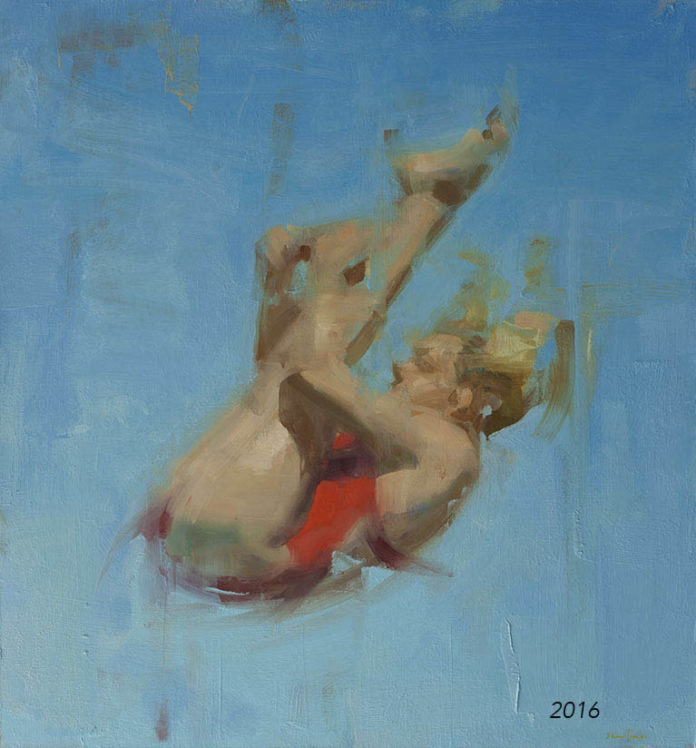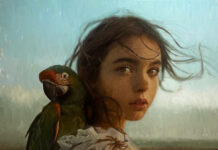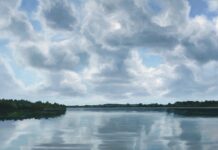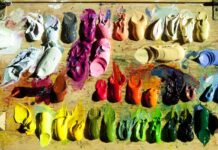On Painting Figurative Art > Working artists, be inspired when you read about David Shevlino’s evolution in painting the figure.
How I Changed My Attitude and Found My Artistic Style
by David Shevlino
(www.davidshevlino.com)
Several years ago I saw a post on Facebook that showed two side-by-side graphics of what success looks like. On the left was an image of a long arrow pointing upward. Below it was a caption that said, “This is what people think success looks like.” On the right was another image of a very circuitous and squiggly looking arrow. It went upward, sideways, backward, and finally upward again. The caption said, “This is what success really looks like.”
Those images resonated with me because they reflect my own career trajectory, and to a certain extent, my life.
I grew up in a working-class area of New Jersey near NYC. I didn’t have any exposure to art in my family, school, or the surrounding community. Nonetheless, I started to draw when I was 14 years old. I began looking at a series of how-to art books published by Walter Foster. I would try my best to copy the paintings in them as faithfully as I could. Then I found some books about the Old Masters at a yard sale in my neighborhood. I was immediately enthralled by what I saw in them. So, out went Walter Foster and in came Rembrandt, Rubens, and Leonardo.
From that time on, I was deeply interested in the Old Masters and their craft. On weekends I began making trips into NYC with a sketch pad and spent hours at the Metropolitan Museum of Art and the Frick Collection. I intuitively gravitated to paintings from the Renaissance up to impressionism. I was vaguely aware of modern art but didn’t have the slightest interest in it at the time. The kind of art that spoke to me was realism, especially figurative. It entailed drawing skills and a certain level of technical facility, which seemed lacking or well hidden in most modern painting.
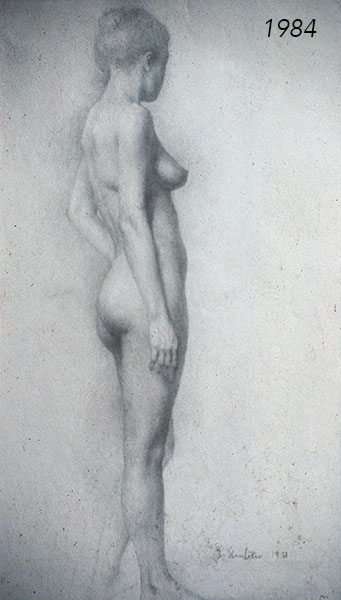
I would fill sketch pads with copies of paintings I saw in books and would draw figurative art from sculptures at the museums. I also made painted copies as often as I could from reproductions. By the time I was 16, I had made up my mind that I would attend art school after high school.
In my senior year I went to a portfolio day in Philadelphia and shopped for a school. I showed my drawings to a number of school representatives. One in particular stands out in my memory. I can’t remember who or what school it was, but a representative looked at the drawings I was doing and said, “This kind of work has been replaced by photography.” At 17 I didn’t know how to respond to her comment, but I was pretty sure that I didn’t agree with her. I eventually approached someone with the Pennsylvania Academy of the Fine Arts. Her reaction was very different, and she encouraged me to apply.
I enrolled at PAFA directly after high school in 1980, when I was 17. As the country’s first and oldest art academy, PAFA had a reputation for being a place where you could study traditional figurative art, although, it too was not immune to the more fashionable trends in art education, namely abstraction and conceptual art.
Related Article > 8 Figurative Artworks by Nikolai Blokhin
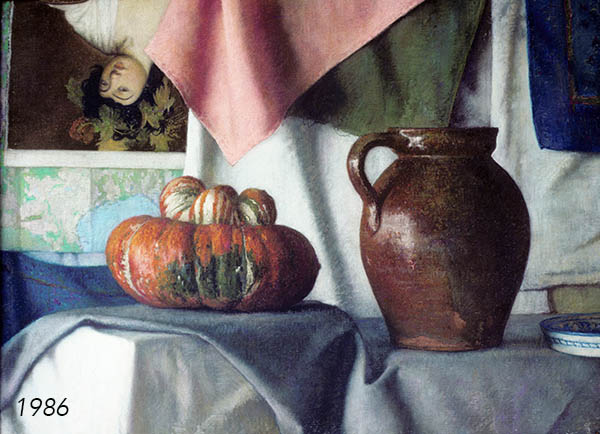
Fortunately, I was very focused and determined to pursue the kind of painting I was interested in, and I availed myself of the huge collection of plaster casts that PAFA has. I spent mornings, afternoons, and evenings drawing from the cast collection and also from live models.
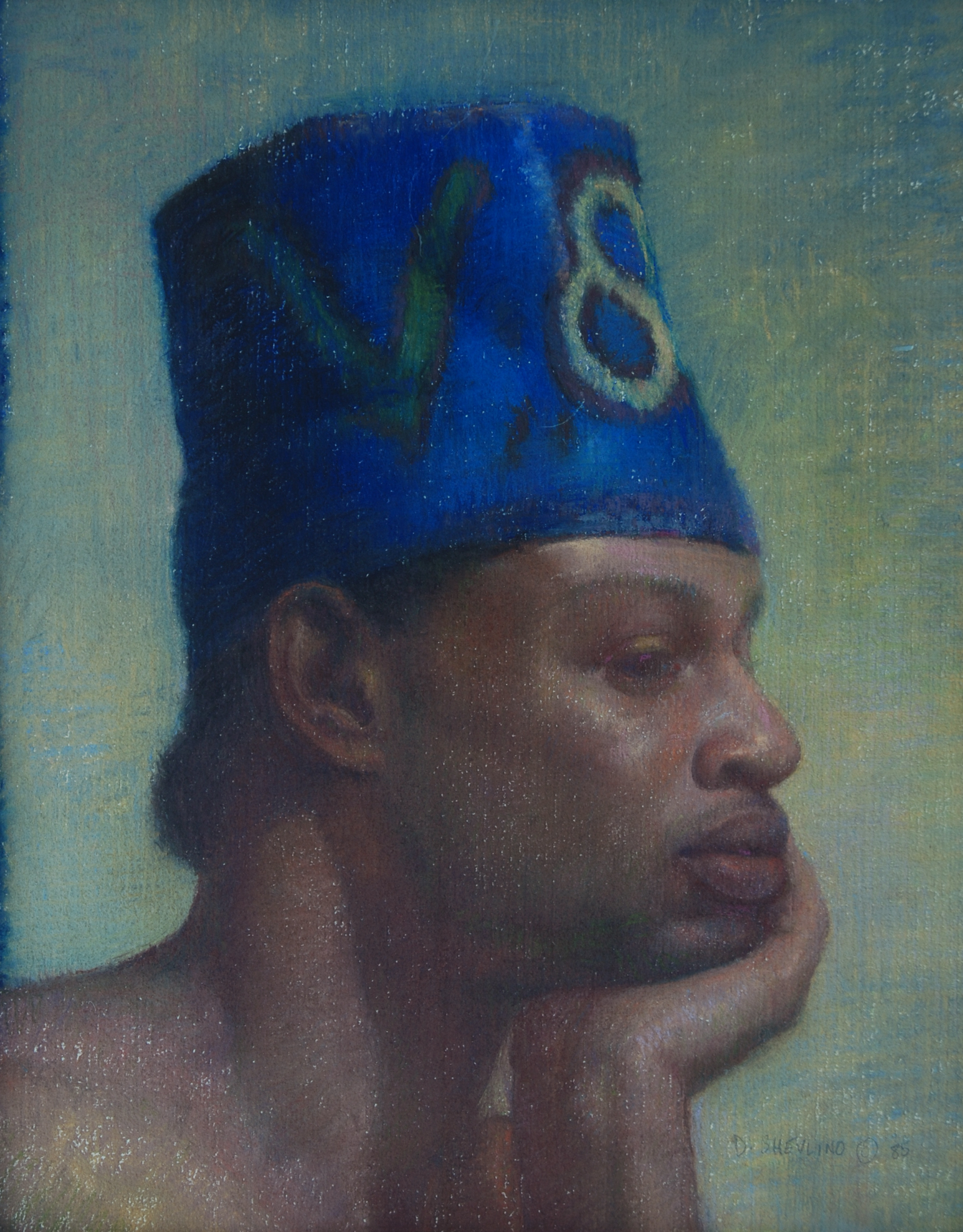
I didn’t do much painting as a student, as I was more interested in honing my drawing skills. Although I did paint, I felt like I still had a lot to learn about handling oils and color mixing. In my fourth year I was an independent student and decided to take classes in NYC at the Art Students’ League, mostly to be near my girlfriend and now wife. There I started working in pastel. This was a good medium for me because it helped me to transition into oil painting. It was somewhere between paint and a piece of chalk.
After I graduated, I continued working in pastel, but I also started painting plein air with oils. Though I didn’t know it at the time, plein air landscape painting taught me a lot about working quickly and getting down the essential visual information of a given scene or subject. It didn’t take long for me to realize that I could be more interpretive with a landscape and that I could invent and edit. This was a new concept for me at the time because I was generally very literal about representing subjects as faithfully as I could. This helped pave the way for what was to come decades later.
After I had been out of art school for about 10 years, I began feeling a nagging urge to go beyond what I was doing in my current work. I wanted to do something more expressive and personal, something that used all my acquired skills and knowledge to create a voice that was uniquely my own. I had no idea of what that would be or look like, but I knew I had to get out of my comfort zone.
It took a few years to work through the fear and inhibition, but I started experimenting in the early ’90s with a totally different approach.
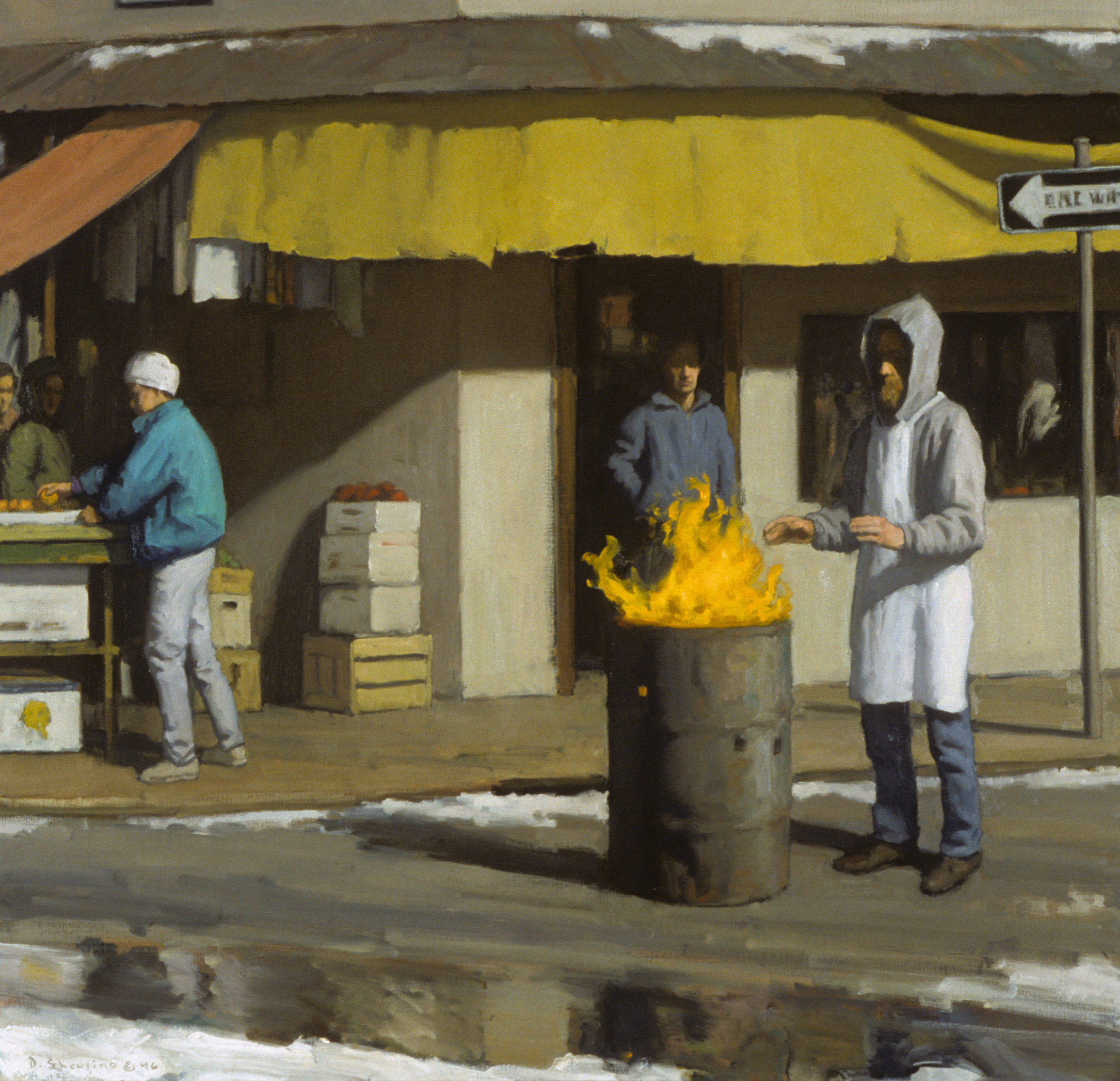
I got myself some large 4 x 4 ft panels and some large brushes and began making surreal/abstract paintings that reflected my own life and experience. It was very uncomfortable at first because I was pushing myself well beyond my comfort zone. I challenged so many preconceptions I had about making art, one of which was using photo references. Gradually, I became more comfortable and confident in what I was doing, and my creative horizons expanded.
Although my work has gone through several changes over the years, the common thread for me throughout has been the importance of craft and technique. I’ve always been a big proponent of technical skills. For me, having those skills in my toolbox means I have more possibilities to do whatever I can dream up. It took years for me to figure this out, but challenging myself, and my rather myopic attitude, brought me to the realization that technique is not an end in itself.
Having strong foundational skills was and still is important to me, but what pushed me beyond that was a desire for uniqueness. I wanted a voice that I could call my own and that was uniquely about me. Having said that, I can’t imagine how I could have arrived where I am now without the skills I acquired early on. Those hours and hours of copying master painters left an indelible impression on me. I still think about how I looked at those artists and how I’ve internalized an aesthetic that goes back hundreds of years. The way they handled paint and its application, lighting of a subject, or mark-making is etched into my subconscious.
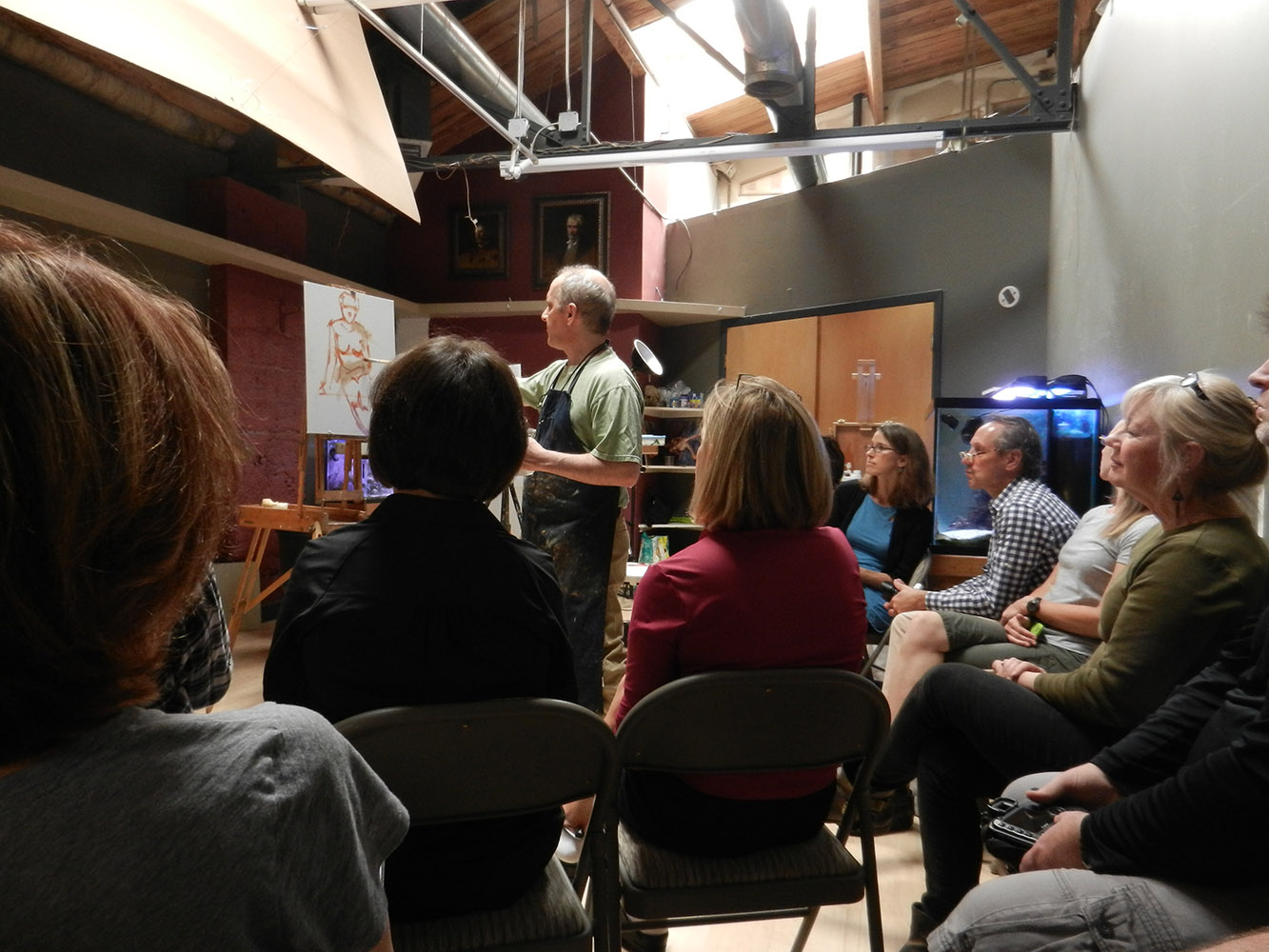
When I teach painting workshops, a common remark I hear from students is “I’m a tight painter, but I want to be more painterly and expressive in how I apply paint.” I generally recount my own experience and how I evolved over many years. Change of any kind is usually a challenging thing for anyone. For me it took time to understand that if I were going to leave my comfort zone, I had to start by changing my attitude.
When I started making paintings that were very different from anything I’d done before, it was scary and intimidating. I realized that unless I could see what I was doing in a different way, or judge it by a different standard, I’d be spinning my wheels and going in circles. This process begins with giving yourself permission to be different, to experiment, to go into uncharted territory, and to embrace that as a positive thing.
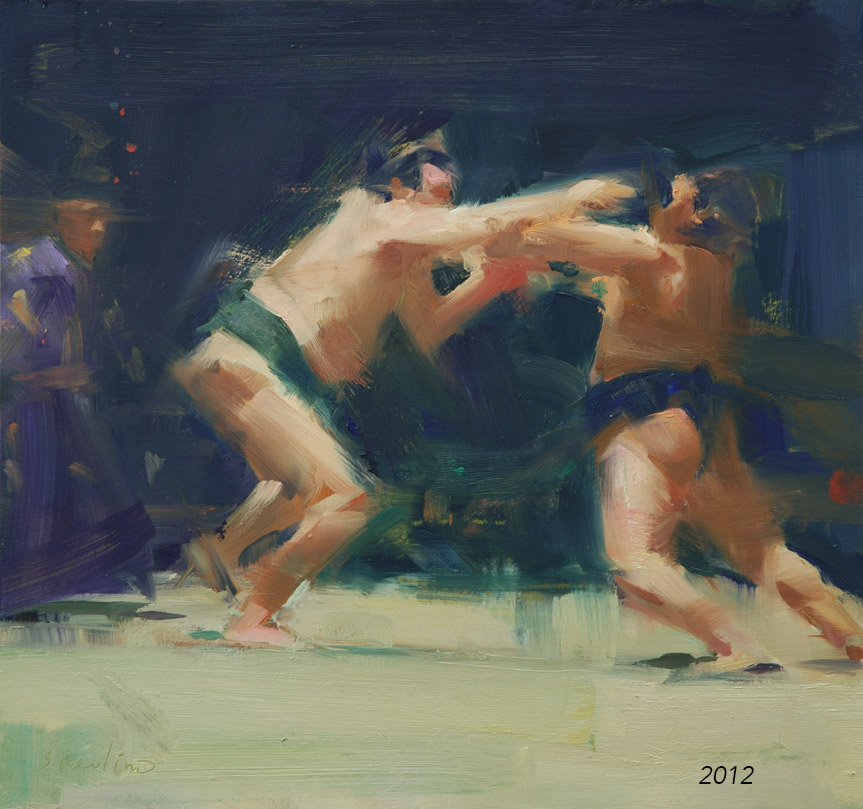
If your intention is to do something differently, you have to be willing to put your preconceived ideas aside and to get out of your own way.
Change, whether personal, spiritual, or career-related is always unnerving. As I look back, I realize that as uncomfortable as it was for me, my work couldn’t possibly have evolved as it has without experimenting. It was well worth the effort and frustration!
How has your work evolved over the years? Share it with us in the comments section below.
Register here for Realism Live.


